- Anyuan Area Industrial Park, Pingxiang, Jiangxi Province, China
Zinc oxide desulphurizer is applicable to desulfurization of residue cracking gases or syngas and purification of feed gases for organic synthesis processes. It is suitable for both higher (350–408℃) and lower(150–210℃) temperature use. It can convert some simpler organic sulfur while absorbing inorganic sulfur in gas stream.
ZINC OXIDE DESULFURIZATION ADSORBENT HL-305Features and Scope of ApplicationZinc Oxide Desulfurization Adsorbent HL-305 is widely applicable to feedstock purification processes in production of hydrogen, ammonia, alcohols and organic chemicals. It can remove hydrogen sulfide from various feed gases (oils) to as low as less than 0.1ppm. Main reaction of the desulfurization process is as follows: H2S+ZnS=ZnS+H2O The adsorbent also is capable of converting and absorbing simple organic sulfur such as COS and CS2 Adsorbent HL-305 is highly adaptable. It can work in severe conditions with high sulfur absorption capacity, high activity, high strength, good sustainability for activity and sulfur absorption capacity, and good tolerance to high steam to gas ratio. It can obtain satisfactory operation results both at higher ( about 400℃) and lower (about 200℃) temperature. Composition and Physical Properties
| Appearance | white or light-gray extrusions |
| Particle size , mm | Φ4mm×4-10mm |
| Bulk density, kg/l | 1.1-1.3 |
| loss On Ignition, % | max2 |
| Zinc oxide content, % | min95 |
| loss on abrasion, % | max6 |
| Breakthrough sulfur capacity, % | min20(220℃)min30(350℃) |
Normal Operation Condition Feedstock: light oil, residue cracking gas, natural gas, synthesis gas, coal gas and shifted gas, with recommended hydrogen sulfide concentration of less than 250 ppm.
| Pressure, MPa | ambient to 4 |
| Temperature, ℃ | 200~400 |
| Steam/feed gas | 1~1.5 or dry gas |
| Space velocity, h-1 | 1000~3000(gas)1~6(liquid) |
| Sulfur in processed stream, ppm | <0.1 |
Poisons Oxygen: oxygen content in feed gas(oil) should not exceed 0.5%. Excessive oxygen may lower breakthrough sulfur capacity of the adsorbent. Chlorine: Chlorine presence in any state will affect desulfurization result. Loading Loading depth: recommended loading depth/ reactor diameter ratio is 3, so as to ensure enough residence time of the gases in the bed. Configuration of two reactors in series can improve utilization efficiency of the adsorbent. Loading procedure: (1) Clean the reactor before loading; (2) Screen the adsorbent to remove dust; (3) Load a layer of refractory spheres at both top and bottom of the adsorbent bed. The refractory is separated from the adsorbent by stainless nets with mesh size smaller than the adsorbent; (4) Use special tool to ensure evenly distribution of the adsorbent both in the center and around the inner wall; (5)Inspect uniformity of the bed during loading. When inner-reactor operation is needed, A wood plate should be put on the adsorbent for the operator to stand upon. (6)A stainless net and a 50mm layer of refractory spheres should be installed at the top of the adsorbent bed so as to prevent entrainment of the adsorbent and ensure even distribution of the gas stream. Start-up (1)Replace the system by nitrogen or other inert gases until oxygen concentration in the gas is less than 0.5%; (2)Preheat the feed stream with nitrogen, purge gas or synthesis gas under ambient or elevated pressure; (3)Heating speed: 30-50℃/h from room temperature to 120℃, 120℃ for 2 h, 50℃/h over 120℃ until required temperature is attained. Keep at the temperature for 4h. (4)Elevate the pressure at 0.5MPa/10 min during the thermostatic steps until the operation pressure is attained. (5)After pre-heating and pressure elevation, the system should be operated at half load to regulate temperature, pressure and flowrate. Then raise the load steadily when operation becomes stable till full-scale operation. (6)If pressure elevation is done prior to pre-heating, careful control is needed in accordance to the procedure above. Rapid temperature rise may cause stress and result in pulverization of the adsorbent. ZINC OXIDE DESULFURIZATION ADSORBENT HL-306 Features and Scope of Application Zinc Oxide Desulfurization Adsorbent HL-306 is applicable to desulfurization of residue cracking gases or syngas and purification of feed gases for organic synthesis processes. It is suitable for both higher (350--408℃) and lower(150--210℃) temperature use. It can convert some simpler organic sulfur while absorbing inorganic sulfur in gas stream. Main reaction of the desulfurization process is as follows: (1) Reaction of zinc oxide with hydrogen sulfide H2S+ZnO=ZnS+H2O (2) Reaction of zinc oxide with some simpler sulfur compounds in two possible ways: a.Organic sulfur compounds, catalyzed by zinc oxide, react with hydrogen to form hydrogen sulfide:CS2+ 4H2 = CH4 + 2H2S C2H5SH + H2 = C2H6 + H2S Then hydrogen sulfide is absorbed by zinc oxide H2S+ZnO=ZnS+H2O b.Zinc oxide reacts directly with organic sulfur compounds COS + ZnO = ZnS + CO2 HL-306 is an ideal desulfurization adsorbent for deep purification cases, especially those at higher temperature (350--400℃). 2.Physical Properties
| Appearance | white or light-yellow extrudates |
| Particle size , mm | Φ4×4–15 |
| Bulk density, kg/L | 1.0-1.3 |
3.Quality Standard| crushing strength, N/cm | ≥50 |
| loss on attrition, % | ≤6 |
| Breakthrough sulfur capacity, wt% | ≥28(350℃)≥15(220℃)≥10(200℃) |
4. Normal Operation Condition Feedstock : synthesis gas , oil field gas, natural gas, coal gas. It can treat gas stream with inorganic sulfur as high as 2-3g/m3 with satisfactory purification degree. It can also purify gas stream with up to 20mg/m3 of such simpler organic sulfur as COS to less than 0.1ppm. Normal operation condition is as follows:
| Pressure, MPa | ambient to 4.0 |
| Temperature, ℃ | 180-400 |
| Space velocity, h-1 | 1000-2000(gas) |
| Sulfur in feed gas, mg/m3 | 1-20 (≤200℃)20-100 (≤250℃) |
| Sulfur in treated stream, ppm | max0.1 |
| Saturation sulfur capacity, wt% | min30(400℃) |
5.Loading Loading depth: Higher L/D (min3) is recommended. Configuration of two reactors in series can improve utilization efficiency of the adsorbent. Loading procedure (1)Clean the reactor before loading; (2)Put two stainless grids with smaller mesh size than the adsorbent; (3)Load a 100mm layer of Φ10—20mm refractory spheres upon the stainless grids; (4)Screen the adsorbent to remove dust; (5)Use special tool to ensure evenly distribution of the adsorbent in the bed; (6)Inspect uniformity of the bed during loading. When inside-reactor operation is needed, A wood plate should be put on the adsorbent for the operator to stand upon. (7)Install A stainless grid with small mesh size than the adsorbent and a 100mm layer of Φ20—30mm refractory spheres at the top of the adsorbent bed so as to prevent entrainment of the adsorbent and ensure even distribution of the gas stream. Note: Evenly distribution of the adsorbent is essential to its efficient operation, which should be paid close attention to. 6.Start-up (1)Replace the system by nitrogen or other inert gases until oxygen concentration in the gas is less than 0.5%; (2)Preheat the feed stream with nitrogen or feed gas under ambient or elevated pressure; (3)Heating speed: 50℃/h from room temperature to 150℃ (with nitrogen) ; 150℃ for 2 h (when heating medium is shifted to feed gas ), 30℃/h over 150℃ until required temperature is attained. (4)Adjust the pressure steadily until the operation pressure is attained. (5)After pre-heating and pressure elevation, the system should first be operated at half load for 8h. Then raise the load steadily when operation becomes stable till full-scale operation. 7.Shut-down (1)Emergent shut-down gas (oil) supply. Close inlet and outlet valves. Keep the temperature and pressure.If necessary ,use nitrogen or hydrogen-nitrogen gas to maintain the pressure to prevent negative pressure. (2 ) Change-over of desulfurization adsorbent Close inlet and outlet valves. Steadily lower the temperature and pressure to ambient condition. Then isolate the desulfurization reactor from the production system. Replace the reactor with air until oxygen concentration of >20% is attained. Open the reactor and unload the adsorbent. (3) Equipment maintenance (overhaul) Observe the same procedure as shown above except that pressure should be lowered at 0.5MPa/10min and temperature lowered naturally. The unloaded adsorbent shall be stored in separate layers. Analyze the samples taken from each layer to determine status and service life of the adsorbent. 8.Transportation and storage (1)The adsorbent product is packed in plastic or iron barrels with plastic lining to prevent moisture and chemical contamination. (2)Tumbling, collision and violent vibration should be avoided during transportation to prevent pulverization of the adsorbent. (3)The adsorbent product should be prevented from contact with chemicals during transportation and storage. (4)The product can be stored for 3-5 years without deterioration of its properties if appropriately sealed.
HL-302 zinc oxide desulfurization adsorbent Description: HL-302 zinc oxide desulfurization adsorbent is composed of active zinc oxide, manganese oxide and magnesium oxide. Active zinc oxide is main component. It has the ability of good adsorption of hydrogen sulfide and converting the simple organic sulfur compounds. In addition, it still has good desulfurization activity at room temperature and the desulfurization rate can reach 99.5%. The product which is mainly used in synthesis ammonia plant of semi-water-gas as raw materials, removes the small amount of H2S and "reactive" organic sulfur in feed gas in low temperature shift stove to protect the low-temperature shift catalyst. It is also used for desulfurization from natural gas, oil gas, coke-oven gas and rich gas of refinery coking which is hydrogenated and of coking gas refinery. Physical and chemical properties:
| item | index | item | Index |
| Appearance | Dark gray sphere or extrudates | loss on Ignition, % | ≤5 |
| Particle size mm | Ф3–5 orФ4*5-15 | Zinc oxide content % | ≥80 |
| Crushing strength N/particle | ≥15 | manganese oxide content % | ≥3 |
| loss on abrasion % | ≤6.0 | Breakthrough sulfurcapacity, % | ≥15.0 |
Reference operating conditions:| Process parameters | Pressure MPa | Temperature, ℃ | Space velocity hr-1 | Water vapor / dry air V/V |
| Normal pressure-3.0 | 200-350 | 3000 | 〈0.3 | |
| Feed stock | Inlet sulfur (H2S)<100ppm | |||
| Output objects | Outlet total sulfur content <0.5ppm | |||

Professional design team provides various OEM/ODM personalized services

Mold making We can provides mold making services to meet your customized needs
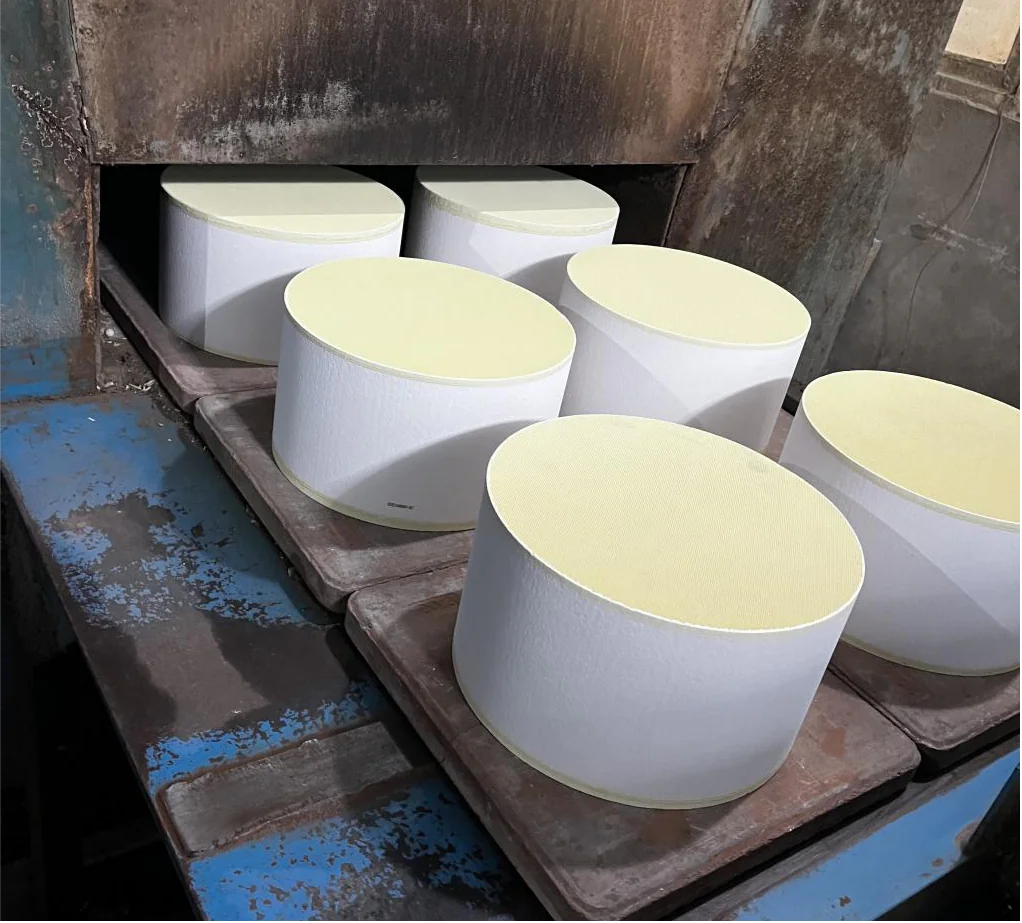
we will prepare the good raw material which suit customer's requirements, start the orderly production process)
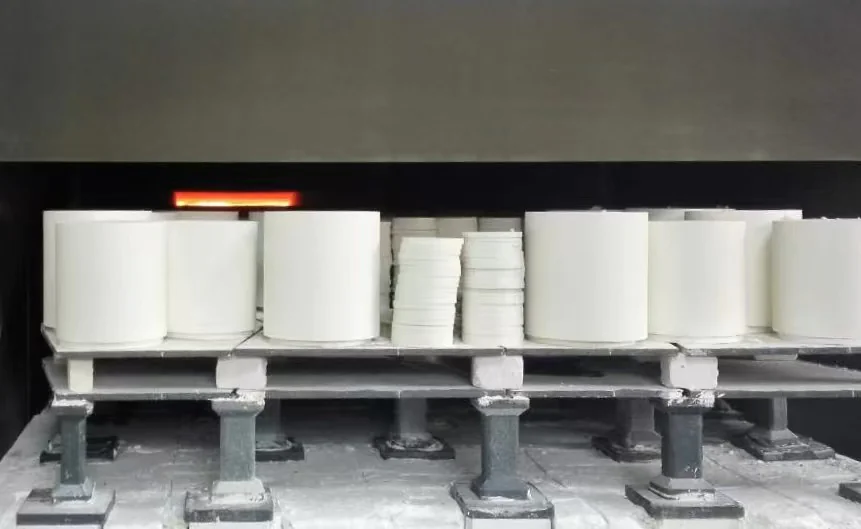
Put the semi-finished product in oven, sintering under high temperature in order to molding
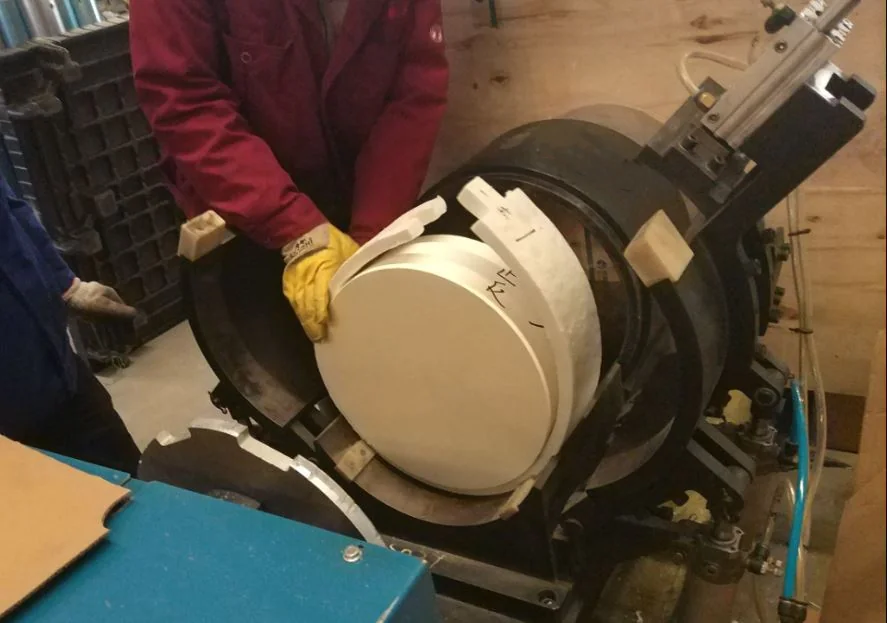
Inspected by our professional staff seriously, control the quality 100% fully qualified when delivery
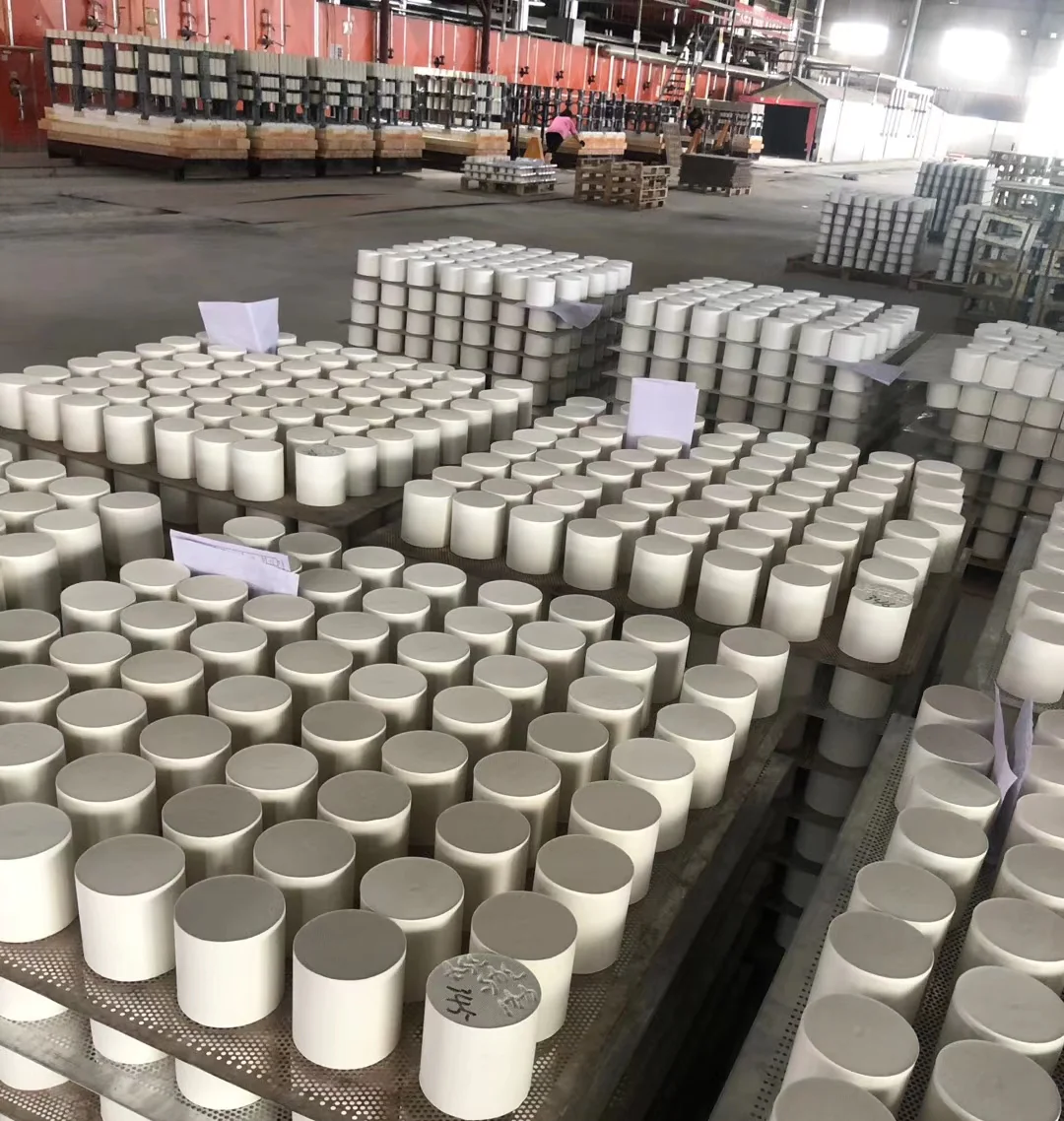
We use standard export package to pack all the goods safely, and store in the dry and indoor warehouse
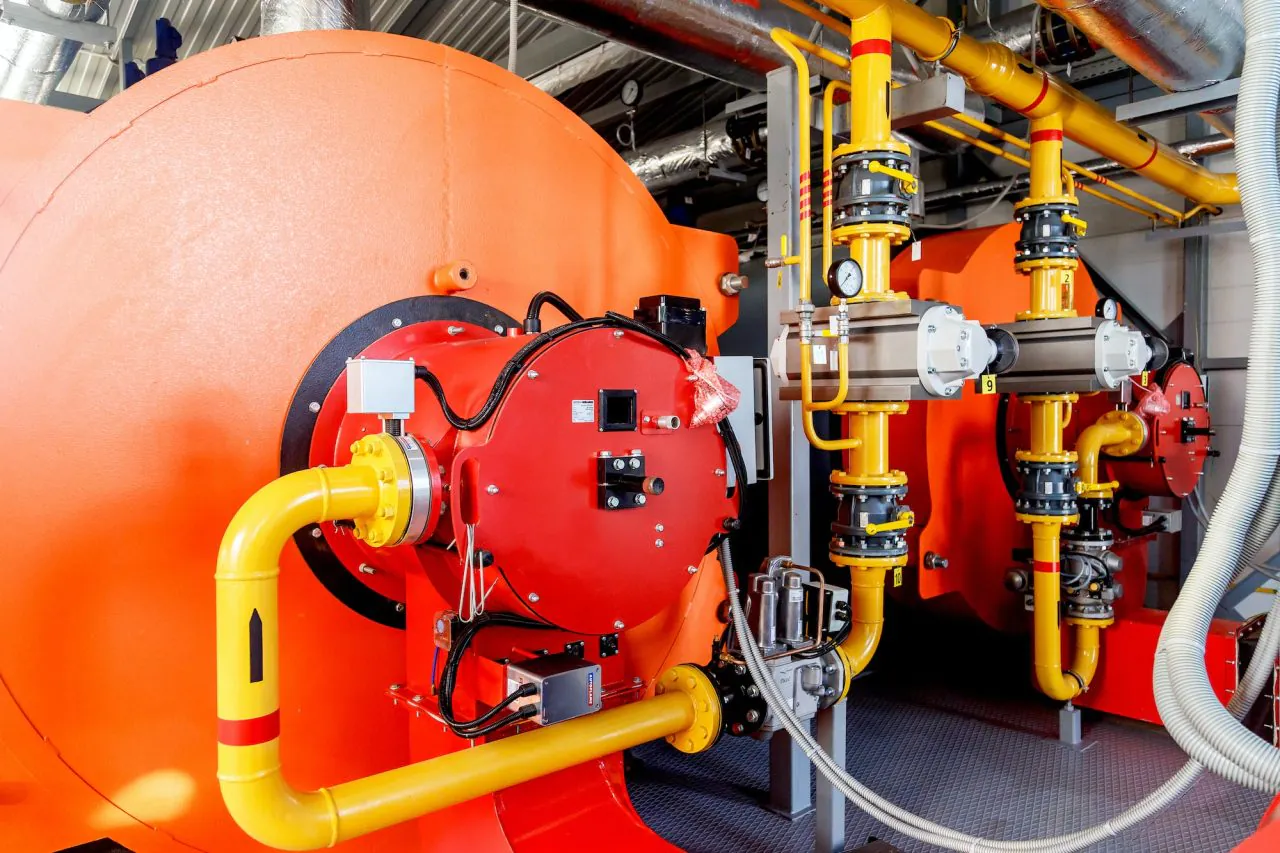
Lorem ipsum dolor sit amet, consectetur adipiscing elit. Ut elit tellus, luctus nec ullamcorper mattis, pulvinar dapibus leo.
WhatsApp us